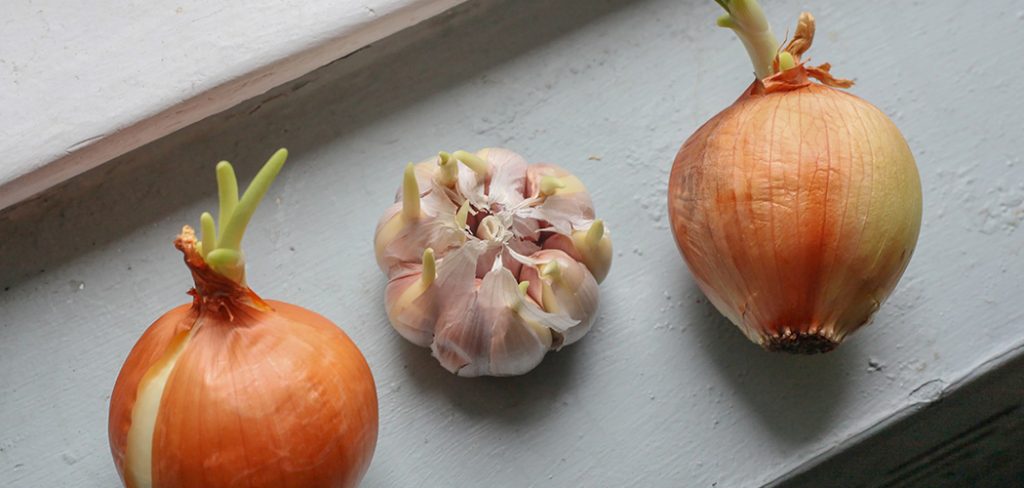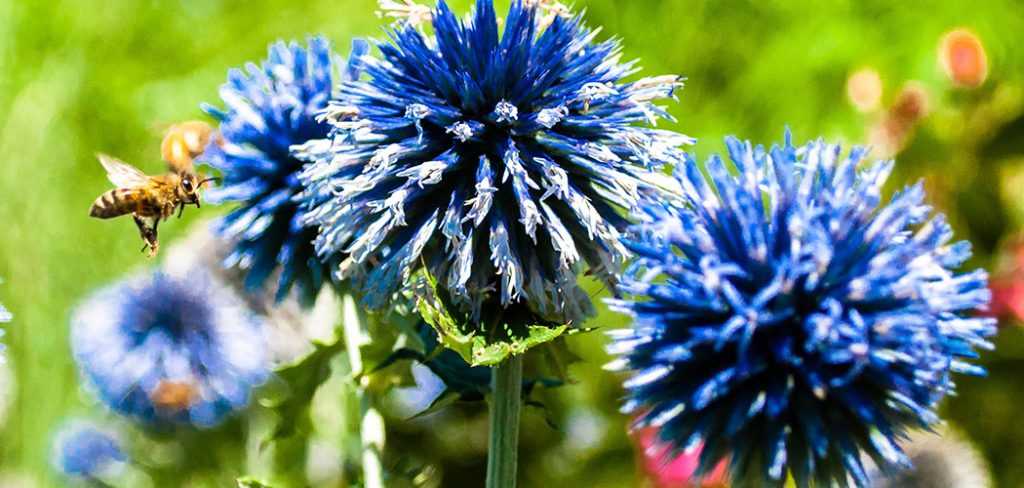How to grow cranberries. Cranberries, ever green dwarf shrubs are considered by many to be a super food. They are high in nutrient and antioxidant content. With numerous benefits in treating exact types of cancers as well as immune system.
Growing of cranberries dates back to the year 1816, when Captain Henry Hall. A war veteran gained knowledge on how to grow cranberries in his bogs. He therefore began transplanting the cranberry vines and spread sand over them. As he had noticed earlier that the wild cranberries grew better when blown over them. His success spread and soon other copied his techniques.
Today, the techniques for growing cranberries have evolved to more sophisticated ones but they are procedures that you can follow easily to guarantee exemplary results. This article will be focusing on the things you need to consider before venturing into growing of cranberries. Let us begin!
Top 4 information on How to Grow Cranberries
1. Cranberry Plants; what are they?
For those of you who are completely unaware of cranberry plants, they are natives of North America and are referred to as Vaccinium macrocarpon in scientific language; they are woody plants that develop perennial vines. Cranberry plants are indigenous to the temperate zones and harvesting is done commercially in water. However, opposing popular belief, cranberry plants do well when growing is done on dry land.
The runners of Cranberry plants grow to measure about 1 to 6 feet and have leaves that are glossy with a shade of dark green during the growth phase. During the dormant season, the leaves have a reddish-brown colour, and along the runners, branches that are short and vertical develop forming flower buds that overhang the entwined vines. It is from this branches that berries eventually form.
2. Growing Cranberries-The Right Steps to Take
Cranberries that are grown for commercial use are grown in bogs. What are cranberry bogs one might ask? Well the answer to that is pretty self explanatory; it is an area of soft, marshy ground commonly near wetlands. These bogs have advanced as you would expect from glacial thinning that causes holes that are filled with water and decayed matter over time. Growing of cranberries on dry land is nonetheless possible provided you adhere to a few requirements.
Growing cranberries using seeds is not applicable. You however have the choice of using seedlings which begins the basic care of cranberry vines. You can use mail order to obtain plants, or use the internet (highly advisable) or you can obtain them form a grower who had a commercial cranberry farm. When purchasing the rooted seedlings, they are usually in pots that are 1 inch in diameter. Once you have completed this step, you need to plant the rooted cranberry seedlings a square foot apart, which will fill in within one or two years. If the rooted section is sizable you do not need to apply fertilizer in the hole. Depending on your location, you can plant cranberry subsequent to the last major frost in the spring.
First week
During the first weeks, daily watering is required until the seedlings develop and afterwards, water every few days. You can also choose to keep the plants moist if you prefer that way but ensure that they are not drenched. Adding slow release fertilizer and making follow up after every three to four weeks applying a balanced liquid fertilizer is crucial. Keep in mind also that you need to hand weed as many times as possible and also to protect your cranberry vines from damage during cold seasons, a thick layer of mulch is recommended specifically pine boughs. Fruits develop one year after planting but in most cases they form in the second year. This hugely depends on the pollination factors largely insects that will be making visits to your cranberry plot.
3. Growing cranberries at home
It is possible to grow cranberries at home; however the major question many farmers ask is how can you grow cranberries at your home garden? Well, the first thing you have to look out for is the pH of your garden soil, and for proper growth, the pH should be less than 5. To determine this, you will have to test your garden soil’s pH and ensure that the soil is well drained, or you want to amend the soil with sand.
When growing cranberries at home, you also need to practice proper irrigation, which is another major concern when making effort with cranberry vine care. Make sure that the water you are using is not alkaline as this will alter the pH of your soil making it impossible for growing cranberry plants.
You also have to have information about the climate in the region you are living. Cranberry plants do well in cold weather which is essential in activating the dormant phase. The plants also need consistent three months of temperatures ranging from 0-7 C (32-45 degree F).
4. Harvesting of Cranberries
When the fruits reach maturity, they turn red. Harvesting of cranberries is achieved by two ways, wet and dry harvest. Wet harvesting is mostly used for harvesting cranberries when the field is flooded, so flooding should be done for a second time a mechanical egg beater is used for harvesting which stirs the water to dislodge the berries. Dry harvesting employs a mechanical picker and they are then sold as fresh fruits.
Conclusion
Growing of cranberries is a detailed process but it involves procedures that can be easily understood. Whether you want to grow them for commercial purposes or simply in your home as a part time project, you can be guaranteed success provided you keep in mind the considerations suggested on how to grow cranberries. It can serve as a wonderful project for your garden that you find spare and you will end up reaping big if you venture into commercial growing as it presents various income opportunities. This includes selling seedlings and the fruits to juice manufacturing companies. Either way you are guaranteed success with cranberry plants. This article has successfully described the entire process of growth form a seedling to a mature plant bearing cranberry fruits
Read my post on growing strawberries and blueberries.

